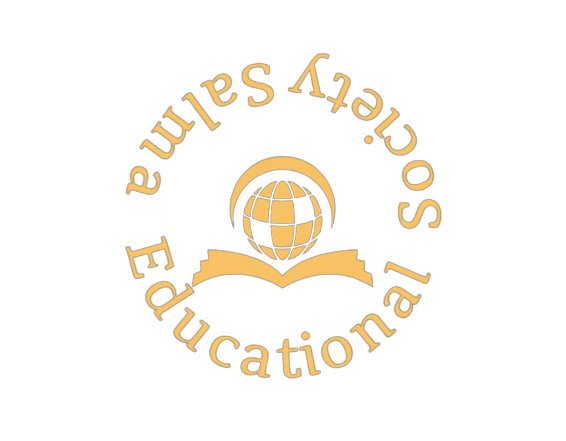7QC Tools' Scope, Limitations, and Implications for Organizational Quality
DOI:
https://doi.org/10.58661/ijsse.v2i2.81Keywords:
ISO 9000, ISO 9001, Quality Management, QC Tools, SQC Tools, Productivity, PerformanceAbstract
The quality management system known as ISO 9001 is universally recognized and utilized by businesses and organizations all over the world. In Pakistan's industrial sector, quality management systems are being implemented, and companies are earning certifications in accordance with the ISO 9001 standard. Continuous improvement through internal audits, quality policy, quality objectives, and their targets are some of the primary focuses of this standard. This guideline also places an emphasis on data analysis as a key component. In order to check and evaluate the managerial perception of the usage of 7QC tools and their effective implementation to enhance organizational performance with regard to quality in ISO 9001 certified businesses. The seven fundamental quality control (7QC) tools consist of a scatter diagram, histogram, check sheets, control charts, graphs, and a cause-and-effect diagram. For this purpose, we used responses provided by professionals from 32 different ISO 9001 certified companies in Punjab, Pakistan. The results of our study have demonstrated that there is a significant relationship between the performance of an organisation in quality and the utilization of QC tools.









